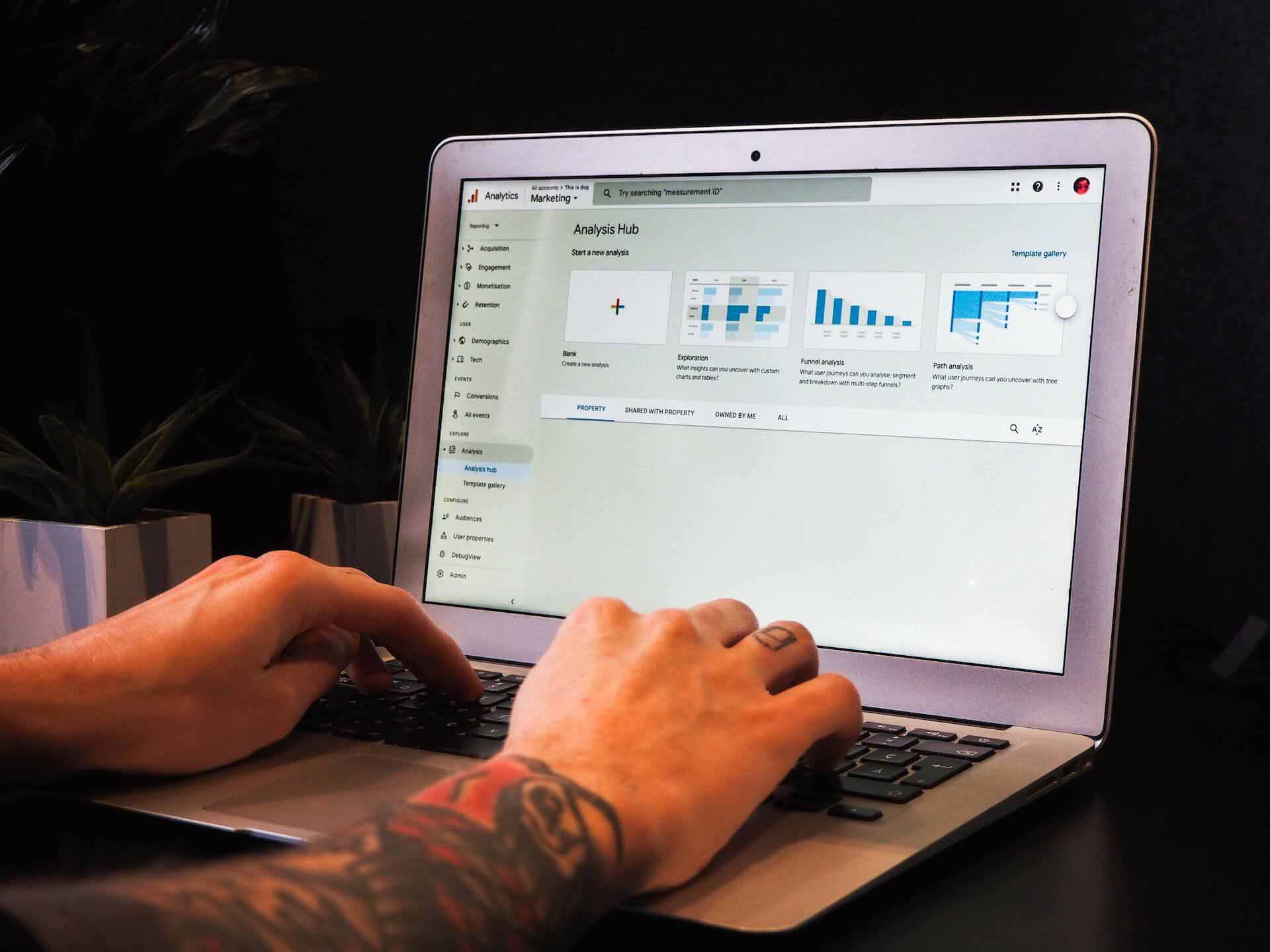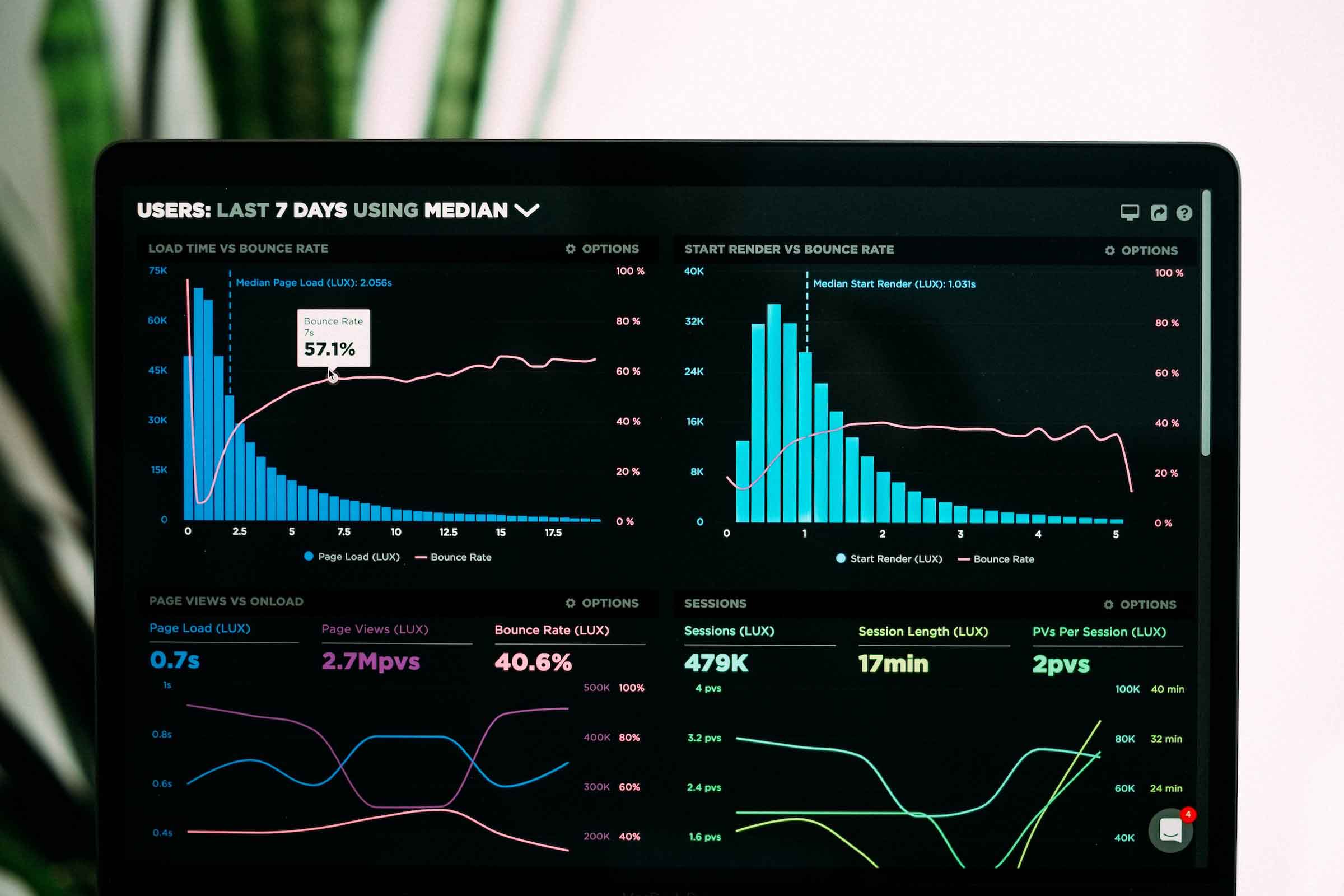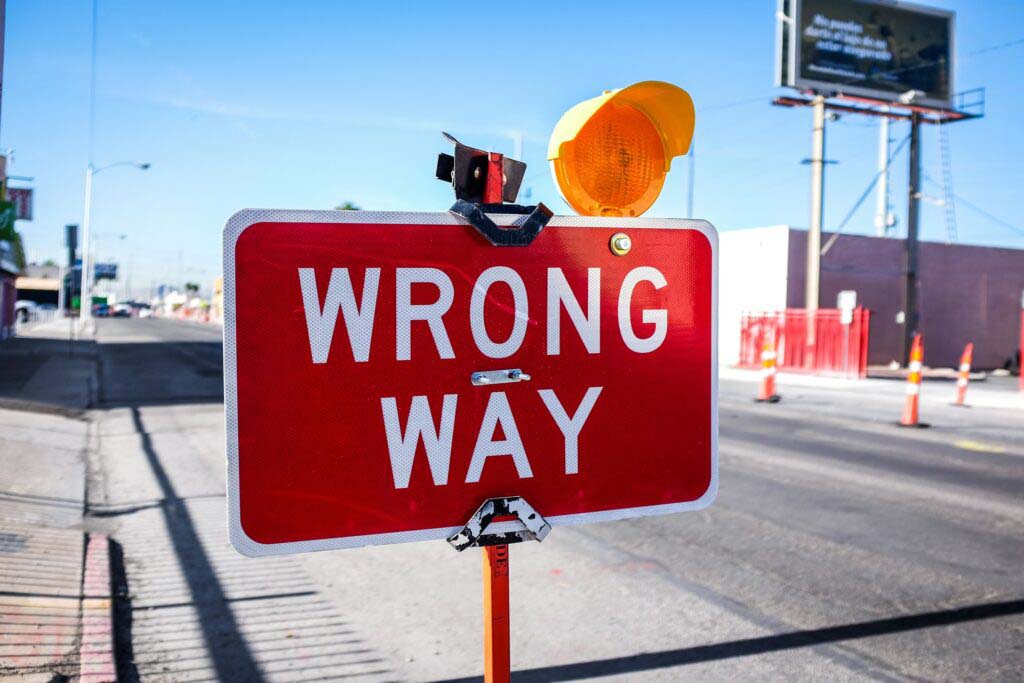What is a digital experience

To illustrate this, consider reading digital print. Reading a book for example on a screen is not a “digital experience” per se, because you can enjoy the same reading experience by reading the actual physical book (in fact some may prefer reading on paper).
However, the Kindle & Amazon made it possible to immediately access pretty much any book anywhere, this meant people could carry a library of books in their pocket. This is a digital experience, because without the digital technology it would not be possible.
Digital Experiences are Human Experiences
The term “Digital” can mislead one to believe it is solely the digital element that matters, which would be a grave mistake. What matters the most in a digital experience is actually the human interaction or experience. The Kindle clearly created a new digital interaction, but if people did not like reading books on a Kindle, the digital experience would have failed catastrophically.
Technology is the enabler, but strategically all efforts should be focused on designing for the customer experience. So does that mean “digital experience” is the same as “customer experience”? The terms are often used interchangeably which can cause confusion, but they are in fact different:
Customer Experience (CX), is the sum of all parts – all digital and non-digital experiences combined.
Digital Experience (DX), relates only to those interactions made possible through digital interfaces.
To try and bring this to life, lets consider an example:
The printer is out of ink and I need to print off a letter urgently. I grab my phone and google the ink cartridge in question… Tesco and Argos sell them so I click on Tesco but cannot easily check stock at my local store, I immediately leave and check out Argos.
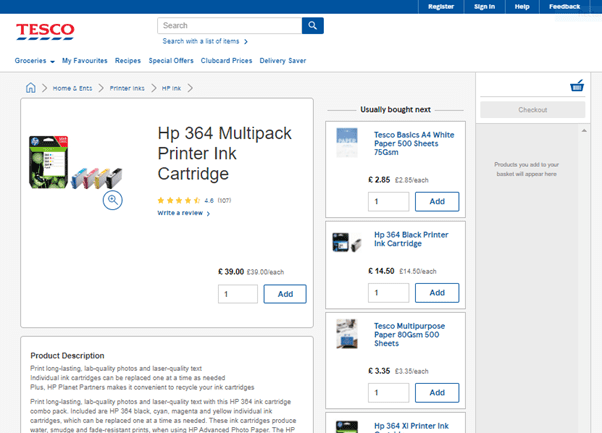
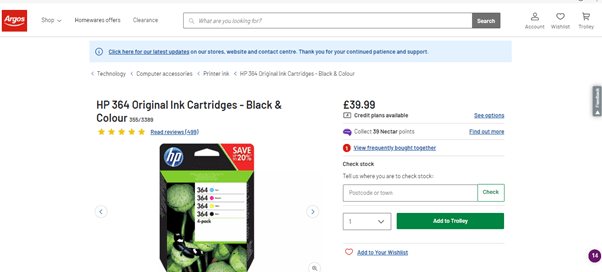
Interestingly, despite being a Tesco Clubcard holder (and the assumed loyalty and potential points), the superior digital experience offered by Argos wins me over. This is simply because I can go to the shop confident the item will be in stock – that is really all that matters right now, brand loyalty is irrelevant – the best experience will always convert better.
In fairness to Tesco their business model is different to Argos, the former being a supermarket with aisle upon aisle of products on shelves, whereas the latter actually requires you to check an item is in stock even when in store. Naturally then, Argos should find it easier to translate this “in-store” experience to a digital one, but Tesco are missing out and have not designed their digital experience such that it complements the in-store experience.
Ending Note
Digital experiences can significantly enhance the overall customer experience, but they need to mesh with other customer touch points to really add value. In the example above, “stock availability” was the killer feature. With the technology available today this is relatively easy feature to implement and it compliments the physical experience in-store. Thus Digital Experiences don’t have to be really cutting edge to satisfy customer needs, they simply need to add value.
Customers, that is me and you, do not think of experiences, we want convenience and value. Identifying what that means and translating it into a digital experience requires a deep understanding of your customers. If you are building out digital experiences without truly understating what problems they solve for your customers, you are likely doing one of two things:
1) Rushing into vanity projects because they are cool maybe?!
2) Jumping straight to the solution because it is quicker, only in the short term! In the long term you will have to unpick the solution to understand why customers are not behaving as you had hoped.
Take the time to understand the true problem and how the digital experience will enhance the overall customer experience across all channels, digital and physical.




